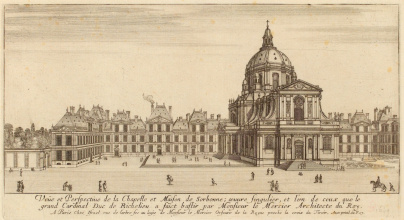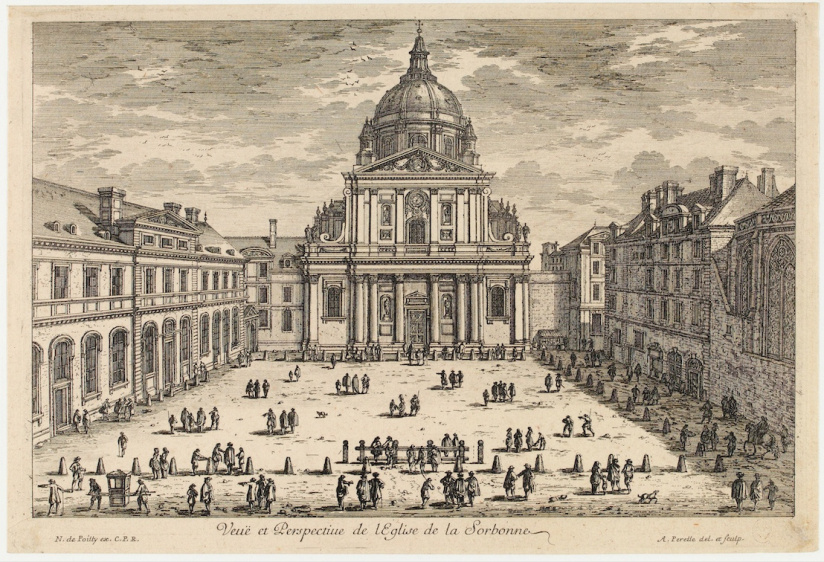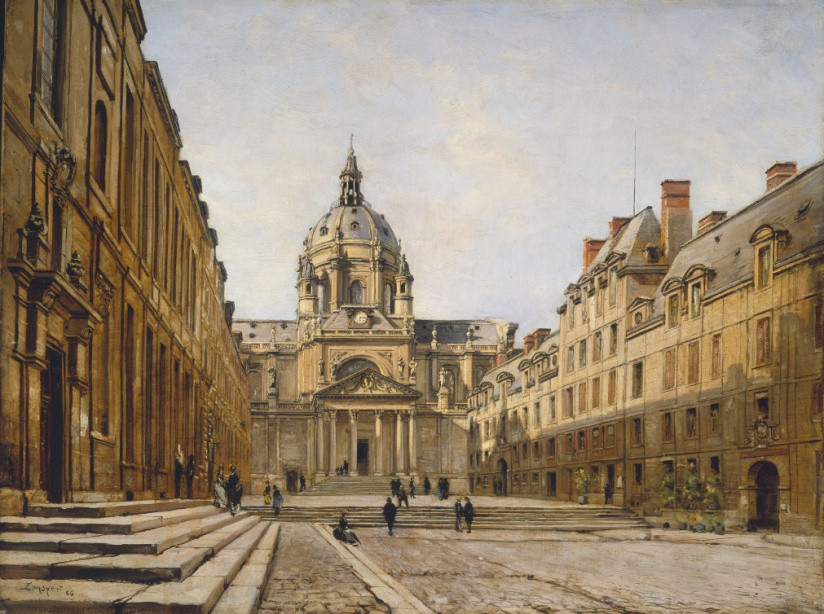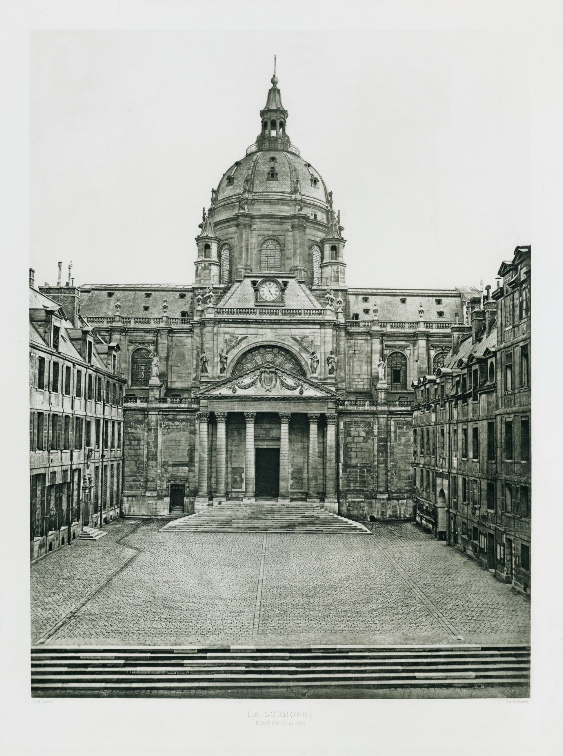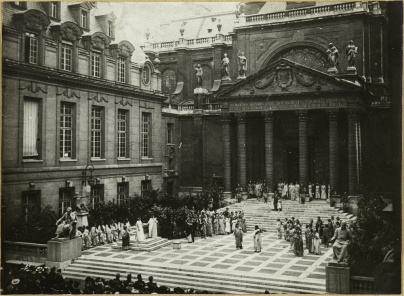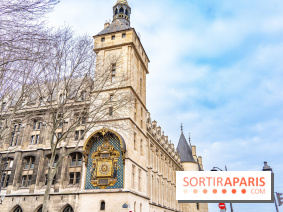On Saturday, September 1, 1257, one of France's oldest colleges was founded in Paris: the Sorbonne. From the 12th century onwards, numerous prestigious monastic establishments naturally clustered on the Saint-Geneviève mountain, in what is now the capital's Latin Quarter, fostering the emergence of significant intellectual and pedagogical activity. This was the beginning of the development and influence of the University of Paris, helping to establish the city as the capital of France.
The success of these new institutions of learning soon called for a new , more structured organization. In 1200, King Philip Augustus officially recognized the University of Paris, providing acceptable living conditions for college teachers and students, and ensuring recognition of their learning through the award of diplomas, the key tosocial advancement.
From then on, teachers and students joined forces to form a single community, the universitas, governed by common rules of life. A few years later, in 1231, Pope Gregory IX's bull Parens Scientiarum confirmed theautonomy of the University, which was given a seal bearing the inscription Universitatis magistorum et scolarium parisiensium (meaning "All the masters and students of Paris").
In the years that followed, Parisian open-air schools offered several levels of education to students from the 4 nations - French, Picardy, Normandy and English : the baccalauréat, with courses in grammar, dialectics and rhetoric; the licence, with instruction in arithmetic, geometry, astronomy and music; and finally the doctorate, with instruction in medicine, canon law and above all theology, the "queen of sciences".
In 1253, Robert de Sorbon, chaplain and confessor to the French king Saint-Louis (Louis IX ), founded a new college on Mont Sainte-Geneviève, rue Coupe-Gueule, which the king confirmed as the Sorbonne on September 1, 1257. Similar to other Parisian establishments, the Collège de Sorbon nevertheless stood out for its emphasis on the teaching of theology and the study of religion, which quickly made it one of the main colleges of the Faculty of Theology, along with the Collège de Navarre, the Collège du Cardinal Lemoine and the Collège des Cholets.
During the Middle Ages, the Sorbonne housed and maintained some twentydestitute students, who could attend lessons free of charge, as well as a hundred paying guests and readers authorized to consult the library. The Sorbonne's welcoming of rich and poor students alike, without geographical or family discrimination but on the basis ofintellectual excellence, quickly established it as an elite establishment where the notions ofequality, morality, collegiality and scholarship reflected in the school's Latin motto Vivere socialiter et collegialiter et moraliter et scholariter were paramount.
Considered Europe's greatest cultural and scientific center in the late Middle Ages, attracting some 20,000 students, the University of Paris became the cradle of humanism in the 15th century, thanks to the quality of its teaching and the wealth of its libraries, which were equalled only by the Papal Library. In 1469, France's first printing press was set up in the Sorbonne's cellars.
In 1622, the Sorbonne underwent a facelift and was enlarged by architect Jacques Lemercier at the instigation of Cardinal de Richelieu, who had been appointed Principal of the University of Paris after having been a student there himself. Abandoning the Gothic style in favor of a more classical style, the Sorbonne doubled in size and added a new chapel to house the tomb of Cardinal de Richelieu, in accordance with his wishes; a tomb which can still be found today in the chapel's choir.
During the Age of Enlightenment, the college was secularized with the presence of several great reformers and under the influence of scientific progress and a new critical and philosophical spirit. During the French Revolution of 1789, the University of Paris joined the revolutionary movement. In retaliation, the Sorbonne schools were closed in 1791.
It wasn't until 1806 that Napoleon re-established theimperial university and, in 1896, created five faculties - of theology, science, literature, law and medicine - with the Sorbonne becoming the seat of the first three, as well as the rectorate of the Académie de Paris.
Once again rebuilt under the Third Republic, the New Sorbonne became the site of student protests in May 1968, leading to its break-up and the reorganization of the University into several autonomous universities, with the creation of the University of Paris 1 Panthéon-Sorbonne in 1970.
Take advantage of the Journées du Patrimoine 2021 to step foot on this legendary site! On September 18 and 19, the Sorbonne opens its doors to you and offers a concert by the Orchestre et Chœur des Universités de Paris.
To find out more, click here:
Location
Sorbonne University
15-21 Rue de l'École de Médecine
75006 Paris 6
More information
Iconography: Header: Ancien grand amphithéâtre de la Sorbonne, anonyme, Musée Carnavalet Vue et Perspective de la Chapelle et Maison de Sorbonne, Jean Marot, Musée Carnavalet Vue et Perspective de l'Eglise de la Sorbonne, Adam Pérelle, Musée Carnavalet La Cour de l'ancienne Sorbonne, Maurice Emmanuel Lansyer, Musée Carnavalet Façade nord de la cour de La Sorbonne, Paul Dujardin, Musée Carnavalet Paris Œdipe-Roi dans la cour de la Sorbonne, Charles Joseph Antoine Lansiaux, Musée Carnavalet


